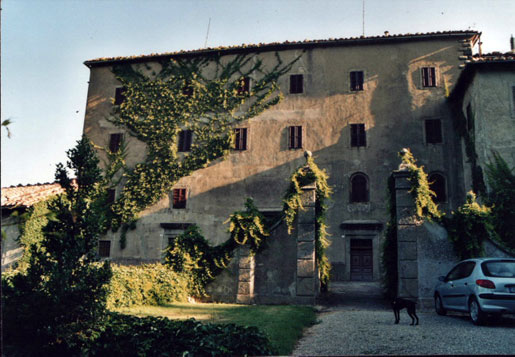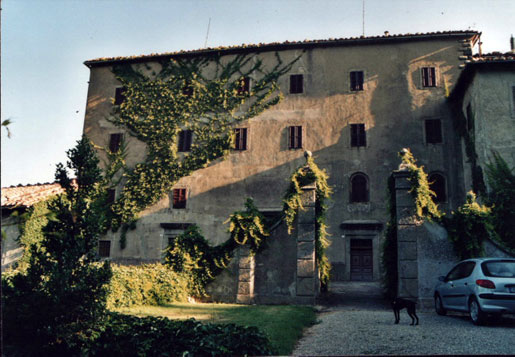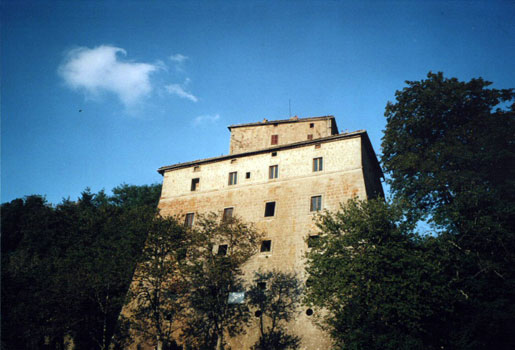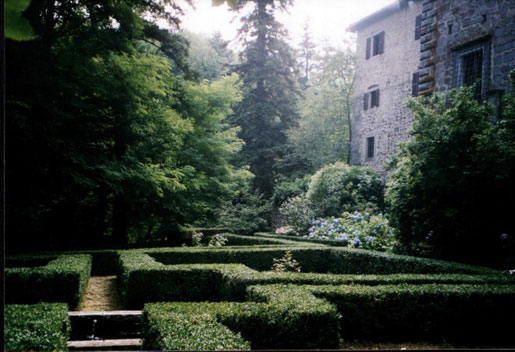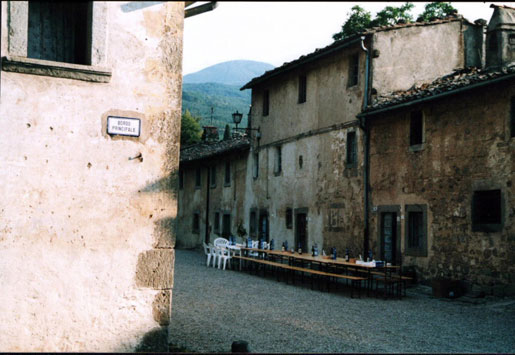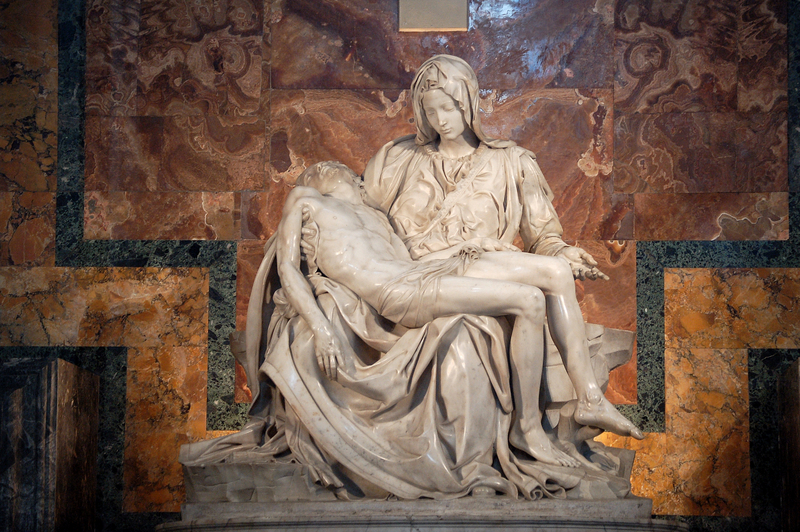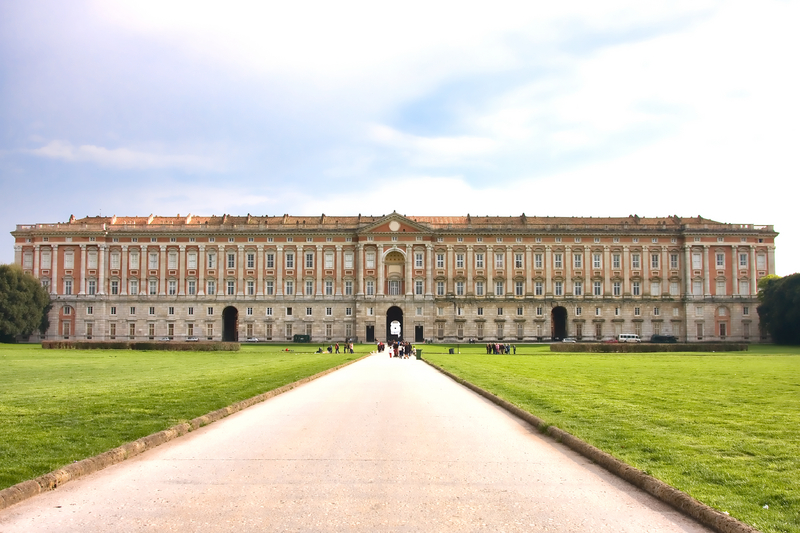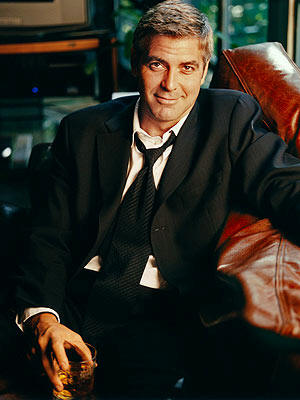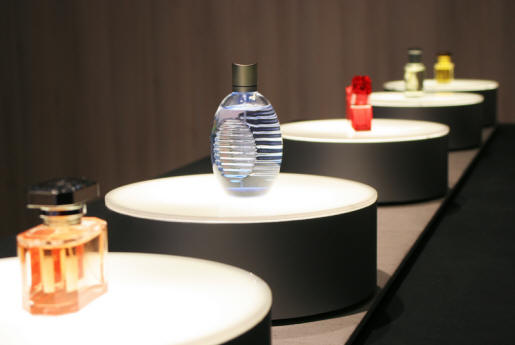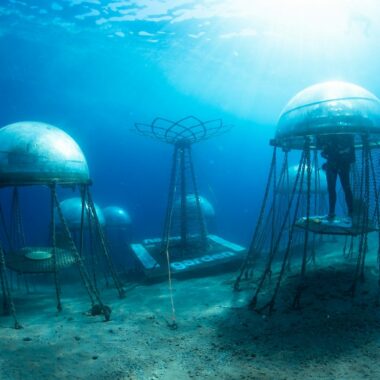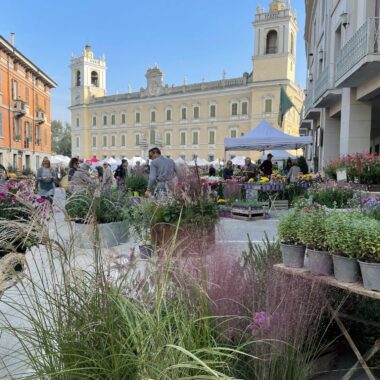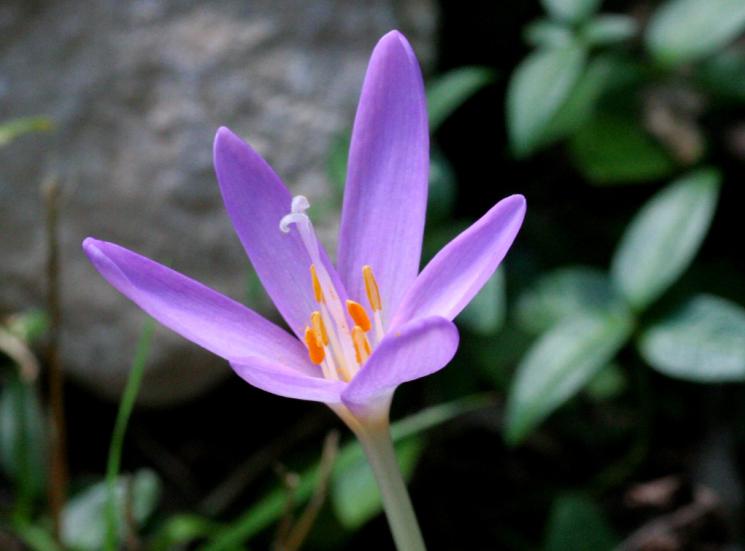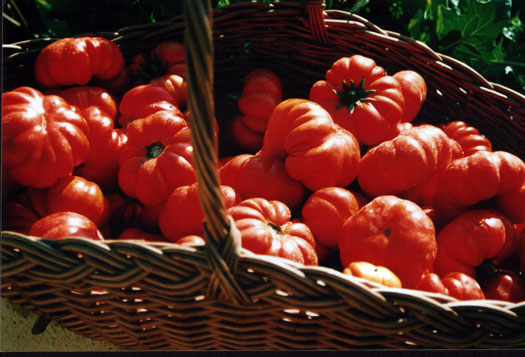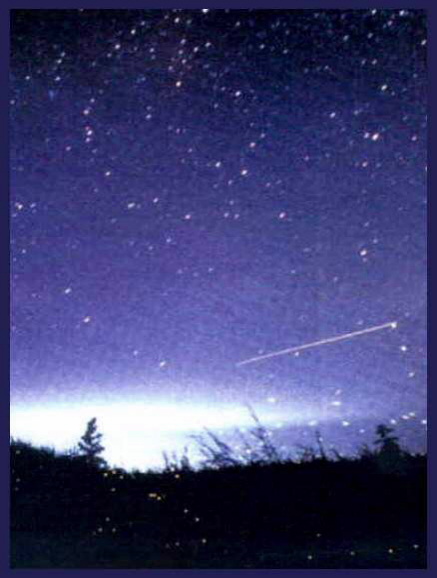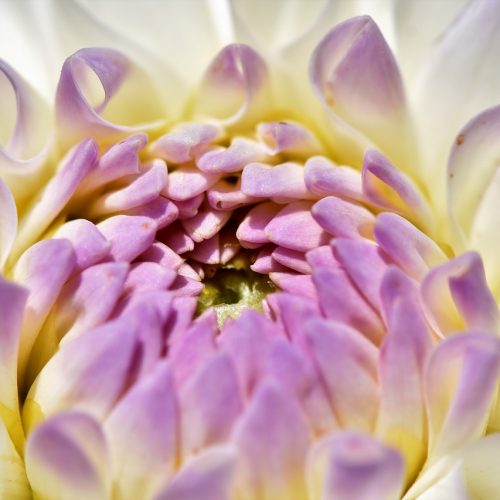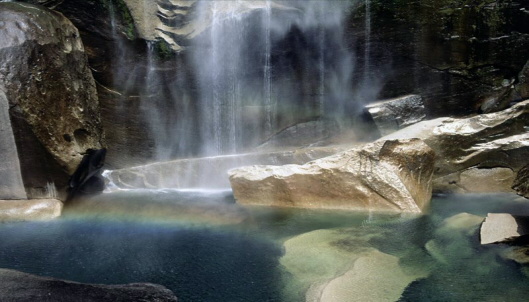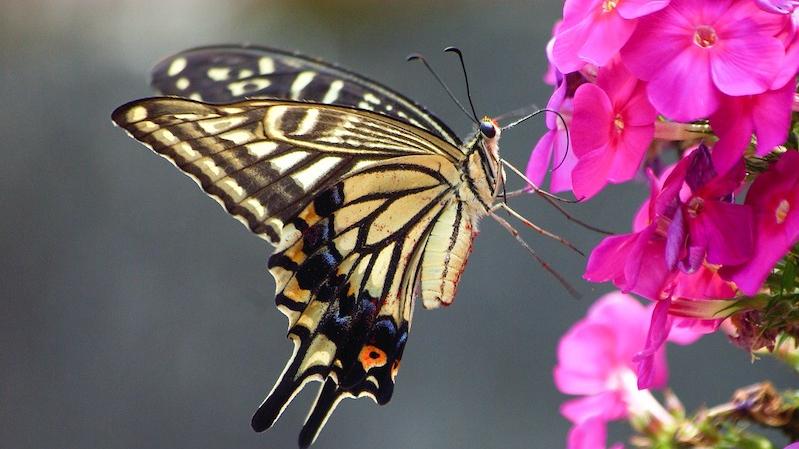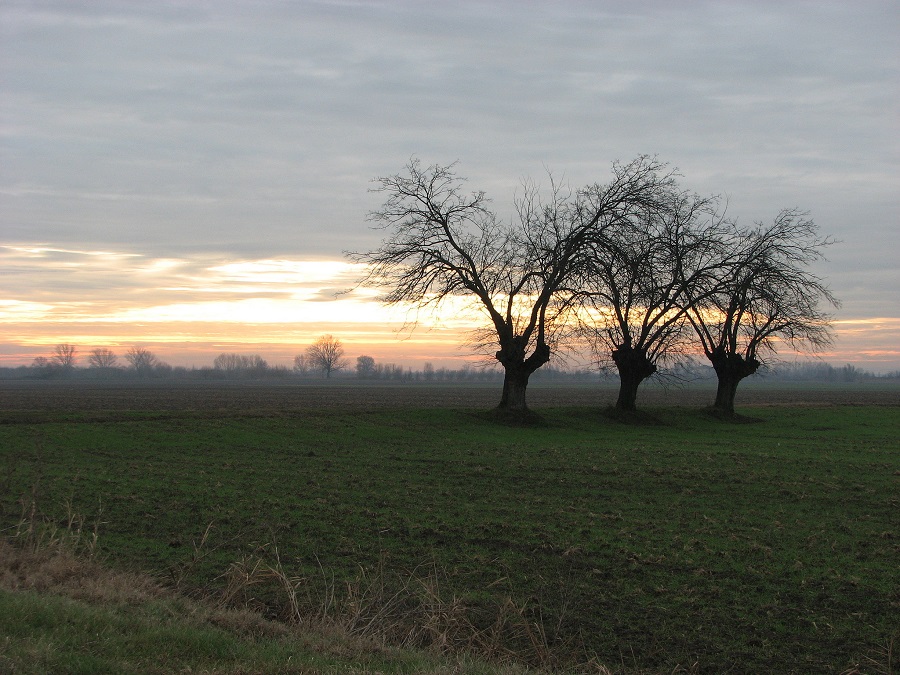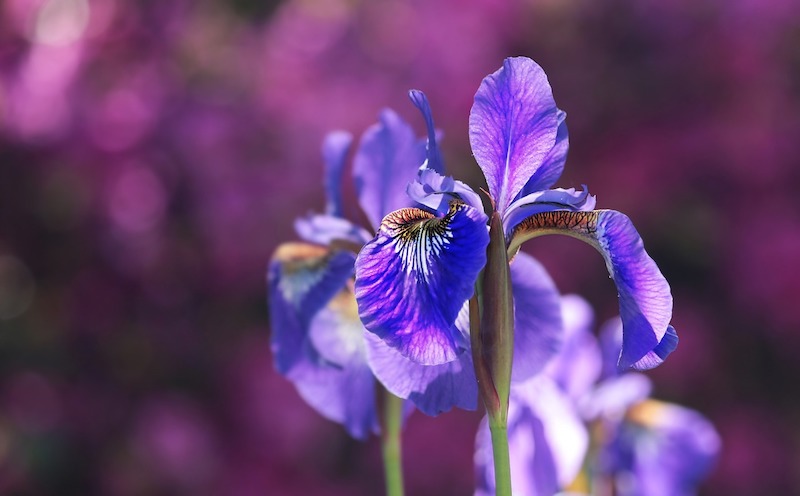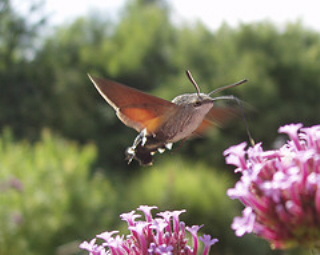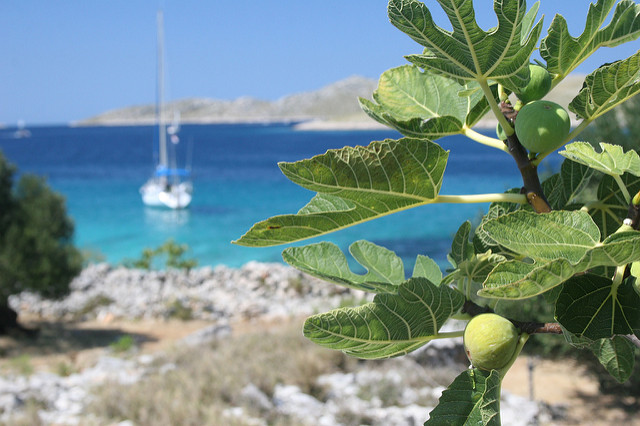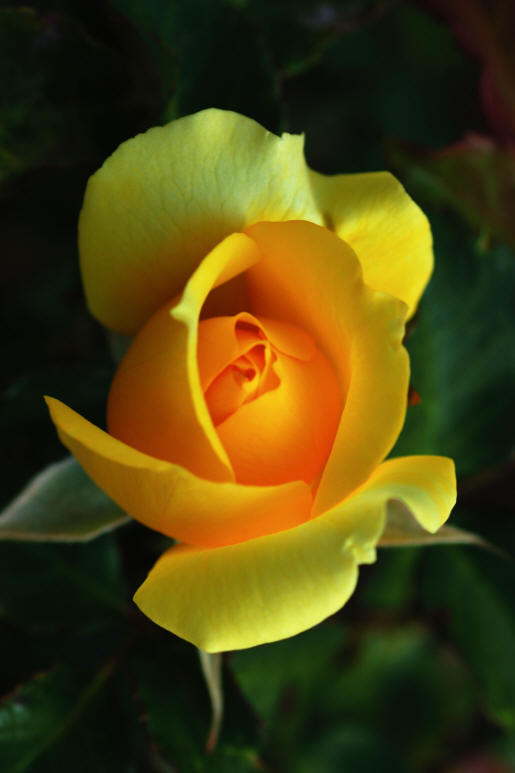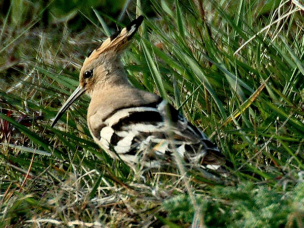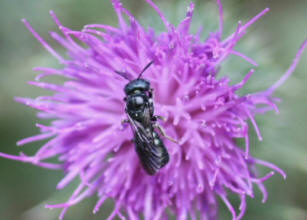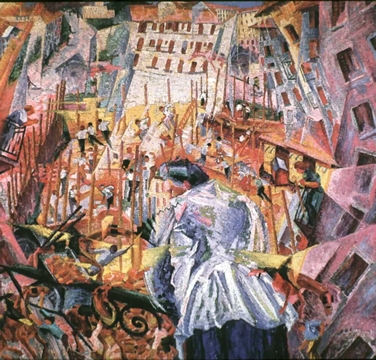A Hidden Renaissance Palace in Tuscany
The area surrounding Montalcino has been famed for centuries by artists and poets for its beautiful yet peaceful landscapes, comprising of soft rolling valleys and lightly peppered with olive groves and vineyards of superior quality. In fact the Rosso di Montalcino has long been heralded as being the prince amongst the many splendid red-wines that Southern Tuscany has to offer, which, along with the infamous Vino nobile di Montepulciano has become synonymous with superb quality and fine production skills. This is really not surprising given that the area has always had a proud connection with wine production and maintaining the very highest standards of agriculture and production, from superb reds to exquisite extra virgin olive oils, all drawn with love from this fine and aesthetically breathtaking land.
However this is by far not the only industry to have arisen from this spectacular countryside, as, just a mere stones-throw from Montalcino there lies a tiny, peaceful village, named Vivo d’Orcia where time itself seems to have literally come to a standstill in the 16th century’s Renaissance period. This small village is constructed entirely from blocks cut arduously from the larval flow that the village is built upon.. A lava that flowed from the highest mountain (and volcano) in the whole of Tuscany, named “Monte Amiata”, once sacred to the Etruscan tribes-people, who extracted vital metal ore from various mines on its rich slopes and bathed in its numerous, and luxurious hot springs.
The name “Vivo” (meaning “Alive”) was adopted because of the lively, powerful industrial heart and from the wild and crashing river “Vivo” that ran through the village’s six water-mills, once used for iron-works, olive crushing and fine paper production. The purity, power and potential of the river’s water, pouring from the family’s vast natural volcanic spring on Monte Amiata had long been harnessed by the Vatican who, via Pope Marcello II established a gigantic Papal Castle, using a rather illuminated architectural principal for its time, which aimed to make the Vatican’s buildings more humble and more accessible to the local community Renaissance Palace (Palazzo), all designed by the famous 16th century architect of the Vatican Antonio da Sangallo for the Pope’s living quarters.
A Romanesque chapel and an extensive hermitage (Eremo) were also constructed to accommodate for a fascinating group of humble monks, known as the “Camaldolesi”, who first inhabited the caves that now form the foundations of the castle in 1,004 ad (500 years previously). Along with this impressive estate the church established one of the largest and finest industrial centres of the 16th century, way surpassing anything built up until that time. Comprising of 6 large water mills, several huge and elaborate marble tanks, for cleaning and preparing the paper pulp, the estate soon lived up to its name “Alive” by becoming the only industrial centre in the whole region, vital for crushing olives, smelting iron tools and producing one of the finest quality writing papers in Europe of its day. A paper, so fine that it was widely distributed throughout the Vatican for recording church data in Rome.
After more than five centuries, a turbulent Papal rule and various social revolutions the Castle, Palace and Hermitage are still remarkably intact. Some of the houses have been transformed into luxurious holiday homes, by Count and Countess Cervini (descendants of Pope Marcello II), homes which remarkably manage to echo and honour the estate’s noble and ecclesiastical origins. The spectacular interior design of these houses was carried out by Daria Cervini, winning her worldwide acclaim for its respect for the properties origins and her attention to fine detail.
After a visit to the area another Italian Pope, Pope Pio Piccolomini II wrote in the late 15th century.
“Se v’è un luogo al mondo dove le ombre soavi e le argentee fonti e l’erbe verdissime e i prati ridenti possono attirare i poeti… questo è il luogo” – Papa Pio II Piccolomini, 1462
“If there is a place in this world where the gentle shadows, silver springs, green, green grass and joyous fields… can attract the attention of poets, then this, … is that place!”
The ironic and beautiful part Palazzo Cervini’s 500-year history is that if Pio Piccolomini II were to pass by the estate again now then he would probably feel compelled to say exactly the same words… in 2006, more than 500-years later!
To book luxury apartments at the “Eremo”, Vivo d’orcia, See www.palazzocervini.com
For further reading: “Amiata and Val d’Orcia”, edizioni effigy.

